-
-
Implement a payment form in Podio using Globiflow and Jotform
-
This content has been machine translated dynamically.
Dieser Inhalt ist eine maschinelle Übersetzung, die dynamisch erstellt wurde. (Haftungsausschluss)
Cet article a été traduit automatiquement de manière dynamique. (Clause de non responsabilité)
Este artículo lo ha traducido una máquina de forma dinámica. (Aviso legal)
此内容已经过机器动态翻译。 放弃
このコンテンツは動的に機械翻訳されています。免責事項
이 콘텐츠는 동적으로 기계 번역되었습니다. 책임 부인
Este texto foi traduzido automaticamente. (Aviso legal)
Questo contenuto è stato tradotto dinamicamente con traduzione automatica.(Esclusione di responsabilità))
This article has been machine translated.
Dieser Artikel wurde maschinell übersetzt. (Haftungsausschluss)
Ce article a été traduit automatiquement. (Clause de non responsabilité)
Este artículo ha sido traducido automáticamente. (Aviso legal)
この記事は機械翻訳されています.免責事項
이 기사는 기계 번역되었습니다.책임 부인
Este artigo foi traduzido automaticamente.(Aviso legal)
这篇文章已经过机器翻译.放弃
Questo articolo è stato tradotto automaticamente.(Esclusione di responsabilità))
Translation failed!
Implementing a Payment Form in Podio using GlobiFlow and Jotform
Although Podio’s native webforms are great, they have limitations. You can only have one per app, and you cannot do any payment processing, etc. There are other services like JotForm, which let you build more sophisticated forms with logic and payment processing. You can hook up such other forms using GlobiFlow’s Webhook feature which allows you to capture external webhook events and perform actions in Podio.
The Form
For this example, we’re going to set up a simple payment form using JotForm. The Purchase block in our example here uses a PayPal block in JotForm.
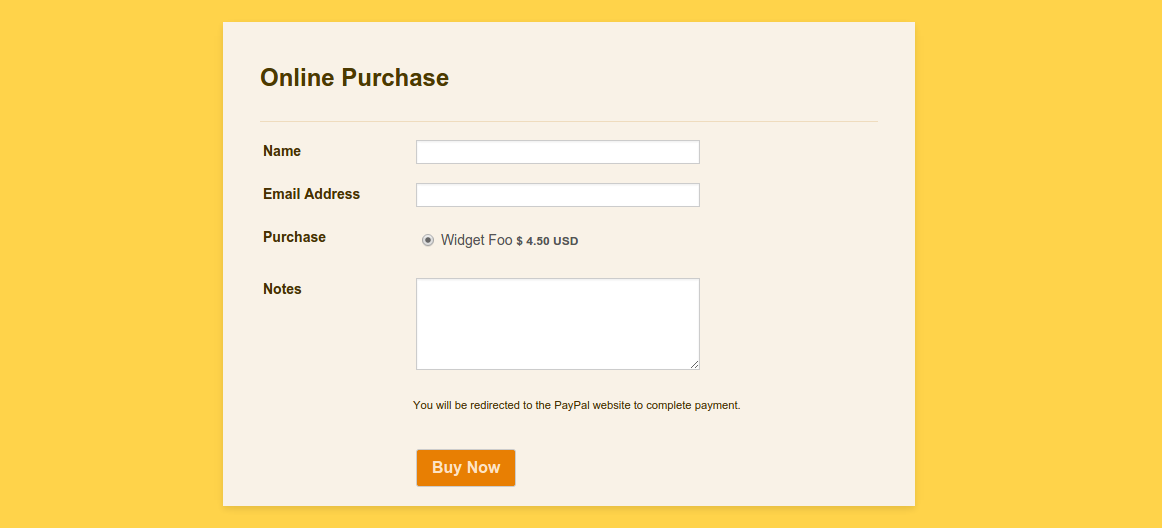
The Podio App
In Podio we will need an app to capture these form submissions. This app can be quite simple and needs the fields we want to store from each purchase.
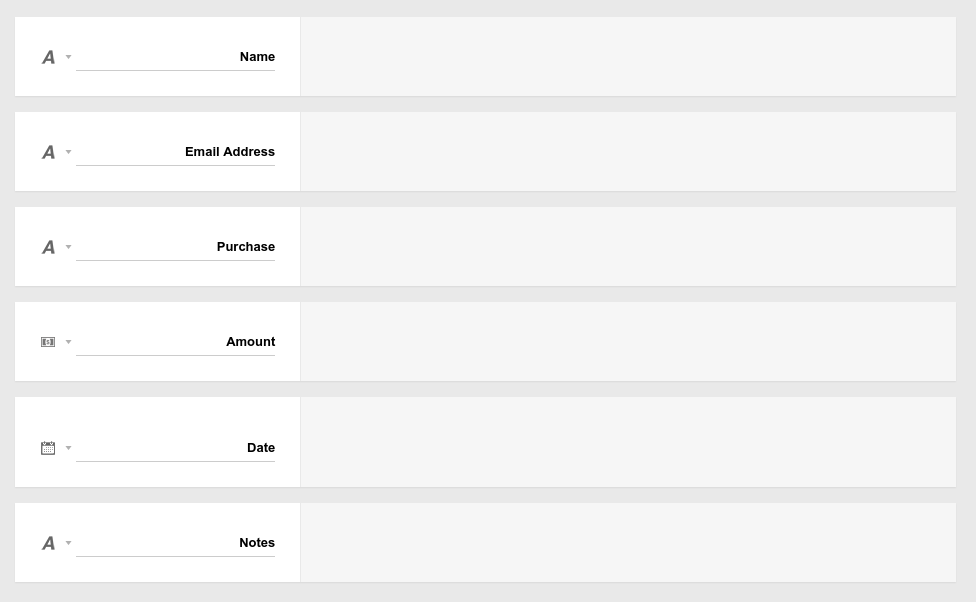
The Webhook Flow
-
Create a new Flow in GlobiFlow in the Webhooks area:


-
In the new WebHook Flow, you will see the unique catch URL for the hook.

-
Since there have been no Posts from this form yet, there is no data. We first need to hook up the WebHook in JotForm (under the Integrations toolbar button).
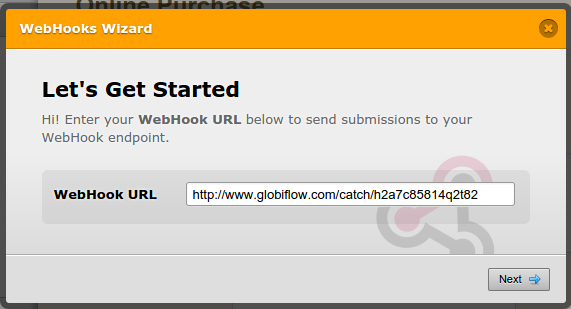
-
Next, we’ll need to push through a sample purchase so that our WebHook in GlobiFlow can collect data and determine which fields we have to work with.

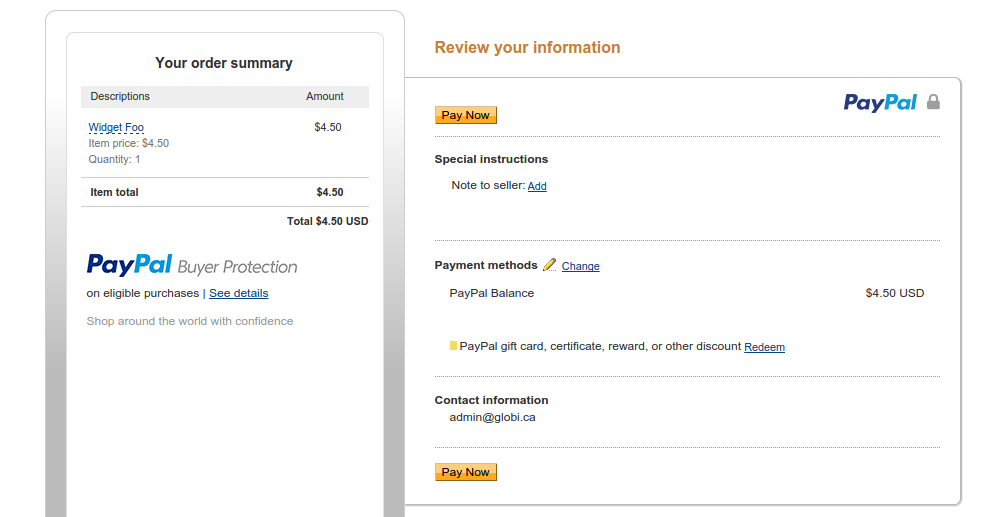
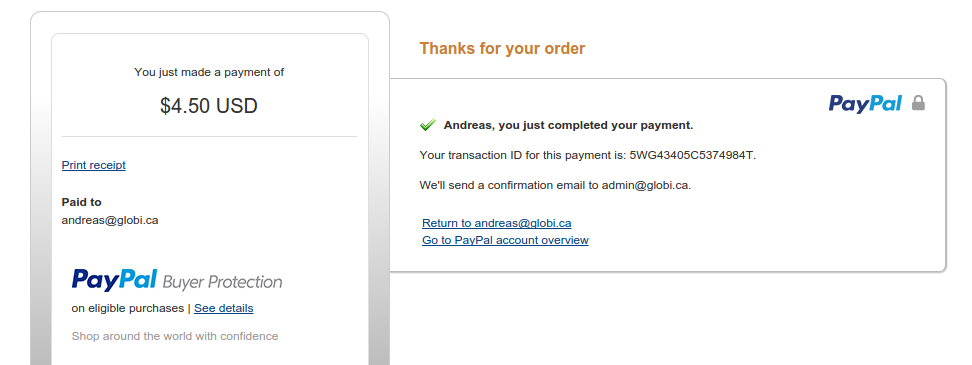
-
Now that we’ve made a purchase, JotForm would have sent the form to our WebHook endpoint. In GlobiFlow, click on the Refresh link by the WebHook URL, and you’ll now see the data that came through from our test purchase.
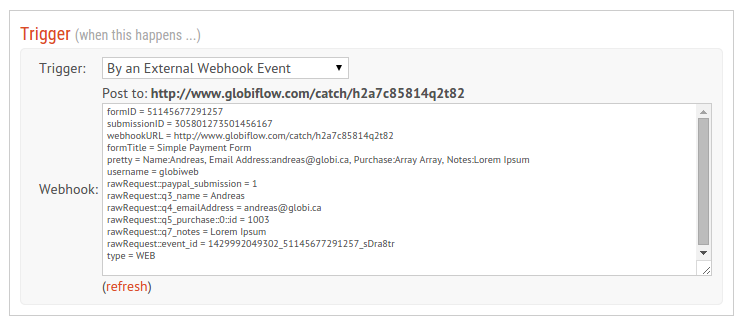
-
These variables are now available as tokens, so we can build our flow to create a new purchase item.
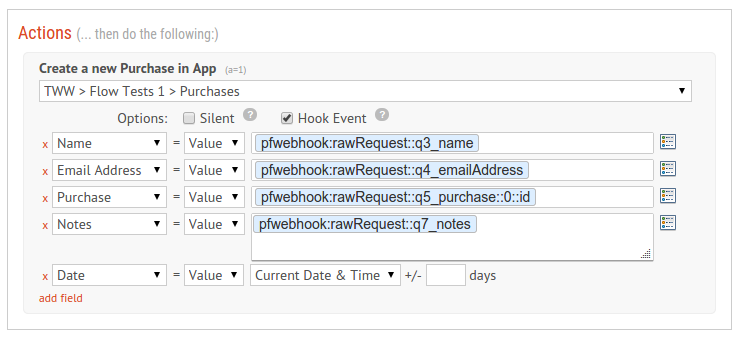
That’s it. Now every time someone makes a purchase from your JotForm payment form, it will create a new item in your Podio Purchases App.
Share
Share
In this article
This Preview product documentation is Citrix Confidential.
You agree to hold this documentation confidential pursuant to the terms of your Citrix Beta/Tech Preview Agreement.
The development, release and timing of any features or functionality described in the Preview documentation remains at our sole discretion and are subject to change without notice or consultation.
The documentation is for informational purposes only and is not a commitment, promise or legal obligation to deliver any material, code or functionality and should not be relied upon in making Citrix product purchase decisions.
If you do not agree, select I DO NOT AGREE to exit.